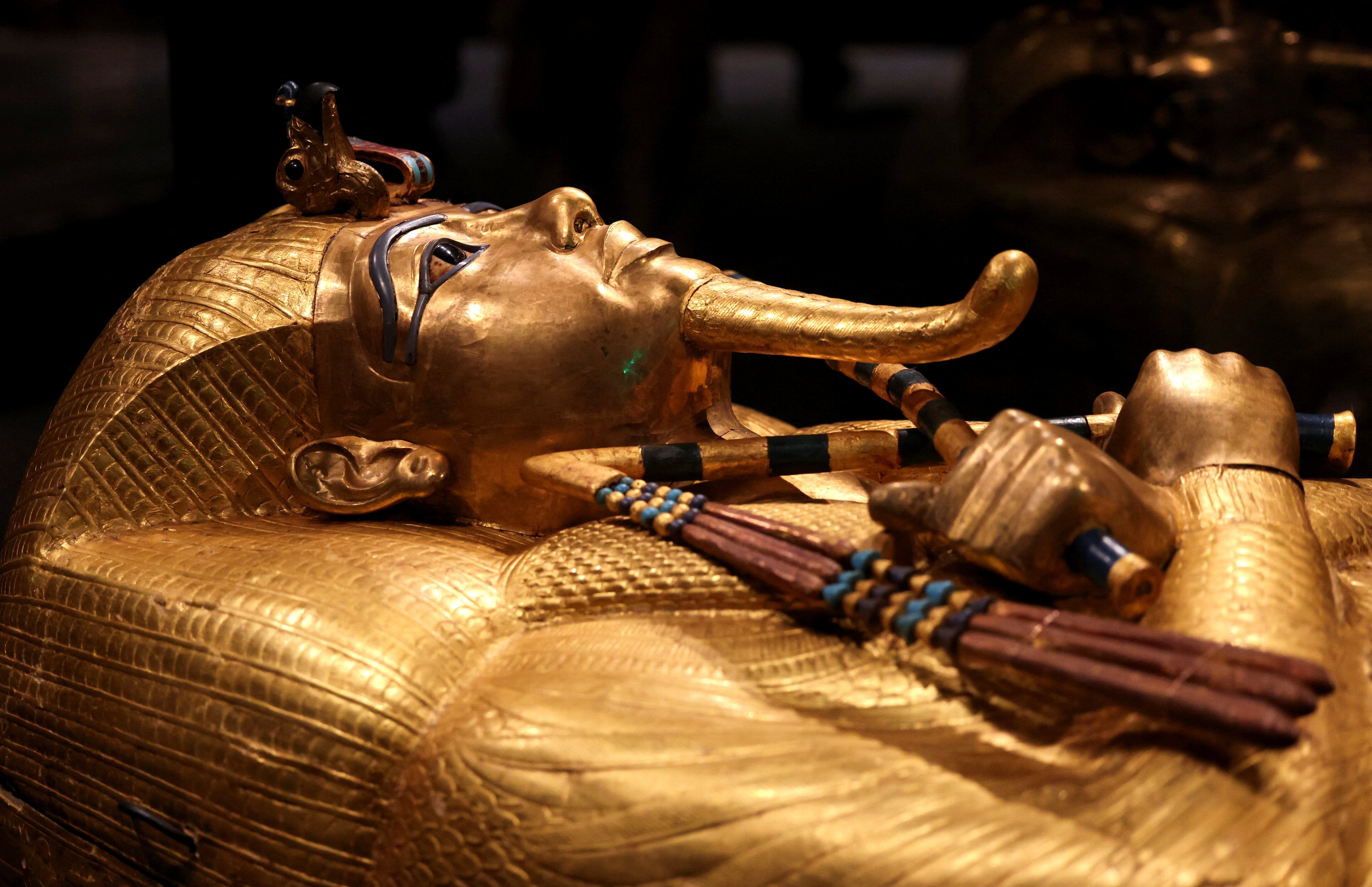Opium use may have been a “fixture of daily life” for Ancient Egyptians, according to a new study.
Experts from the Yale Peabody Museum uncovered traces of the addictive narcotic after becoming curious about the dark-brown “aromatic residues” found in a historic alabaster vase.
Findings published in the Journal of Eastern Mediterranean Archaeology, showed in “definitive evidence” for noscapine, hydrocotarnine, morphine, thebaine, and papaverine — which are all well-known diagnostic biomarkers for opium. Researchers say it is the “clearest evidence to date of broad opium use in ancient Egyptian society”.
They added it suggests similar pots - including several discovered in the tomb of Pharaoh Tutankhamun - are likely to also contain traces of ancient opiates.
Andrew J. Koh, principal investigator and the study’s lead author, said the research shows opium use was “more than accidental or sporadic” in ancient Egyptian cultures, and “was, to some degree, a fixture of daily life.
“We think it’s possible, if not probable, that alabaster jars found in King Tut’s tomb contained opium as part of an ancient tradition of opiate use that we are only now beginning to understand,” he continued.
The team discovered the alabaster vase is inscribed in four ancient languages — Akkadian, Elamite, Persian, and Egyptian — to Xerxes I, who ruled the Achaemenid Empire from 486 to 465 BCE.

Based in Persia, the empire at its height included Egypt as well as Mesopotamia, the Levant, Anatolia, and parts of Eastern Arabia and Central Asia.
A second inscription details the capacity of the vase at around 1,200 millimetres in what experts said was an “extremely rare” feature.
“Scholars tend to study and admire ancient vessels for their aesthetic qualities, but our program focuses on how they were used and the organic substances they contained, knowledge that reveals a great deal of information about the daily lives of ancient peoples, included what they ate, the medicines they used, and how they spent their leisure time,” Koh said.
The findings echo the discovery of opiate residues in a previous haul of Egyptian alabaster vessels and Cypriot base-ring juglets found in an ordinary tomb, likely a merchant family, in Sedment, Egypt, that dates to the New Kingdom - the Egyptian empire that stretched from the 16th to the 11th century BCE.
The two findings, which stretch over a millennium and across socio-economic groups, raise the distinct possibility that opium is present among the large quantity of alabaster vessels found in Tutankhamun’s tomb in the Valley of the Kings, Koh said.
Opium is the dried latex obtained from the seed capsules of the opium poppy Papaver somniferum, which is the key source for many narcotics, including morphine, codeine, and heroin.
It is believed to have been used as a medicinal and spiritual aid for thousands of years. Its first reference was in 3,400 BC, when the opium poppy was cultivated and opium extracted in lower Mesopotamia (Southwest Asia).
Demand for the addictive substance later increased, and cultivation and usage was spread along the Silk Road. It started in the Mediterranean before it was spread through Asia and later to China where it was the centre of the Opium Wars of the mid-1800s.







